We really should eat more seaweed
Fancy a kelp crisp, anyone? Nick blogs about his passion for eating seaweed.
I wrote my university dissertation about the industrial applications and food uses of algae. Admittedly it was more about microscopic algae, phytoplankton, rather than the macro algae that I forage for on the seashore today. My tutor was a keen ecologist and I drew much inspiration from him. In the second year we went on a field trip to Bavaria and met up with his former tutor, the famous (to those of you above a certain age!) David Bellamy. We spent time yomping around peat bogs measuring and recording all kinds of botanical things. We also looked at the effect of altitude on the growth of certain plants like the gentian flower and the rare orchids of the region. Actually I think that this part of the trip was just an excuse to drink a gentian schnapps or two at altitude and then yodel back down the mountain in the afternoon with the locals! My childhood started my interest in rocky shore ecology and then my ecological interests diversified during time at university in Nottingham. Peat bog studies have dwindled but careful foraging is high on my tick list!
I collect the nice young fresh fronds of Oar Weed or Sugar Kelp, better known as Laminaria saccharina. On the Dorset coast these young fronds are collected through the winter months into early spring. Kelps are all found in the region of the rocky shore called the lower shore and below in the sub-littoral zone. The tidal part of the shore is called the littoral zone and below is the sub-littoral. Kelp forests are found in these lowest areas of the rocky shore and are home to an amazing array of both flora and fauna. Biodiversity is high because the environment is the most stable of any part of the rocky shore. I’ll talk another day about my interest in the molluscs of the rocky shore …..
Laminaria saccharina can grow in single fronds up to 3 metres in length, but it is the shorter, younger and more tender fronds that you need to collect. Simply hang the seaweed up by the root like holdfast to dry naturally. It should not be rinsed in fresh water, just hung up to dry. Then cut the frond into 2 – 3cm squares. Fry these in a light oil, like sesame, for a few seconds. It is best to have a deep heavy bottomed pan so that the oil can be a few centimetres deep and the squares fully immersed. I use an old cast iron pot for this job. The squares puff up like quavers as they expand very quickly. As soon as they start to brown remove them from the oil with a slotted spoon or spatula. Be careful as it is very easy to overdo this and burn the squares. Burnt seaweed is not a pleasant taste! Drain them on kitchen paper. These salty crisps are great with your appetizer dips, home-made mayonnaise, wild garlic puree or dressed crab.
There are two green seaweeds found on the littoral part of the shore that are super to eat. The first is Sea Lettuce or Ulva lactuca and the second Enteromorpha or Gutweed, Enteromorpha intestinalis. Don’t be put off by the name Gutweed, it really is a good seaweed to collect. This delicious seaweed is very similar to the fried seaweed that is served in many restaurants.
U. lactuca is widely spread across the shore, growing in bunches, commonly 4 to 8 inches in length. The fronds can grow up to 18 inches long and are described as broad leaved and translucent in appearance. It is often associated with fresh water running from the land onto the rocky shore. E. intestinalis is also found across most levels of the shore, particularly where fresh water is present, and often up to 12 inches in length with single un-branched fronds. It can be abundant in high level rock pools and estuaries and has characteristic long pod-like fronds that partially inflate when photosynthetic oxygen is produced. This is how it gets the name Gutweed because of the intestine-like appearance. There are two relatives of Gutweed which are similarly edible. E. linza looks the same but does not inflate whilst E. compressa inflates and has branches.
These green seaweeds need to be rinsed well before use. Sea Lettuce can be stirred in your home made butter over a low heat for 3 or 4 minutes. Then cool and combine with a dressing of your choice to make a sea lettuce salad. It does go well with lemon or cider vinegar and olive oil. Enteromorpha can be fried in a light oil like the Sugar Kelp above. I like to add some coarsely chopped and toasted hazelnuts from the garden. If nuts are your thing you can use alternatives like sesame, pine or almond. Toasted seeds from your veg plot like sunflower, pumpkin and squash are also great to use.
There are plenty of other edible seaweeds like Dulse, Carragheen and Laver but I have focussed on the ones that I collect and enjoy the most. Tonight we will give the potato crisps a miss and have Kelp quavers for entrees!
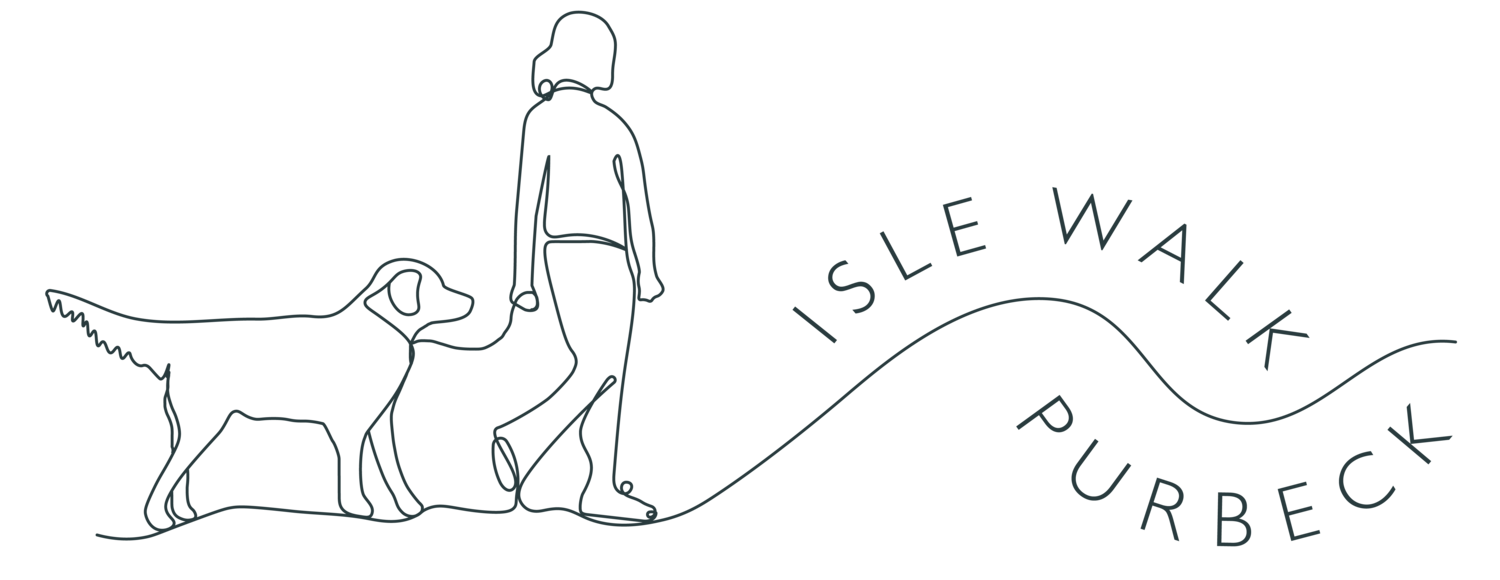
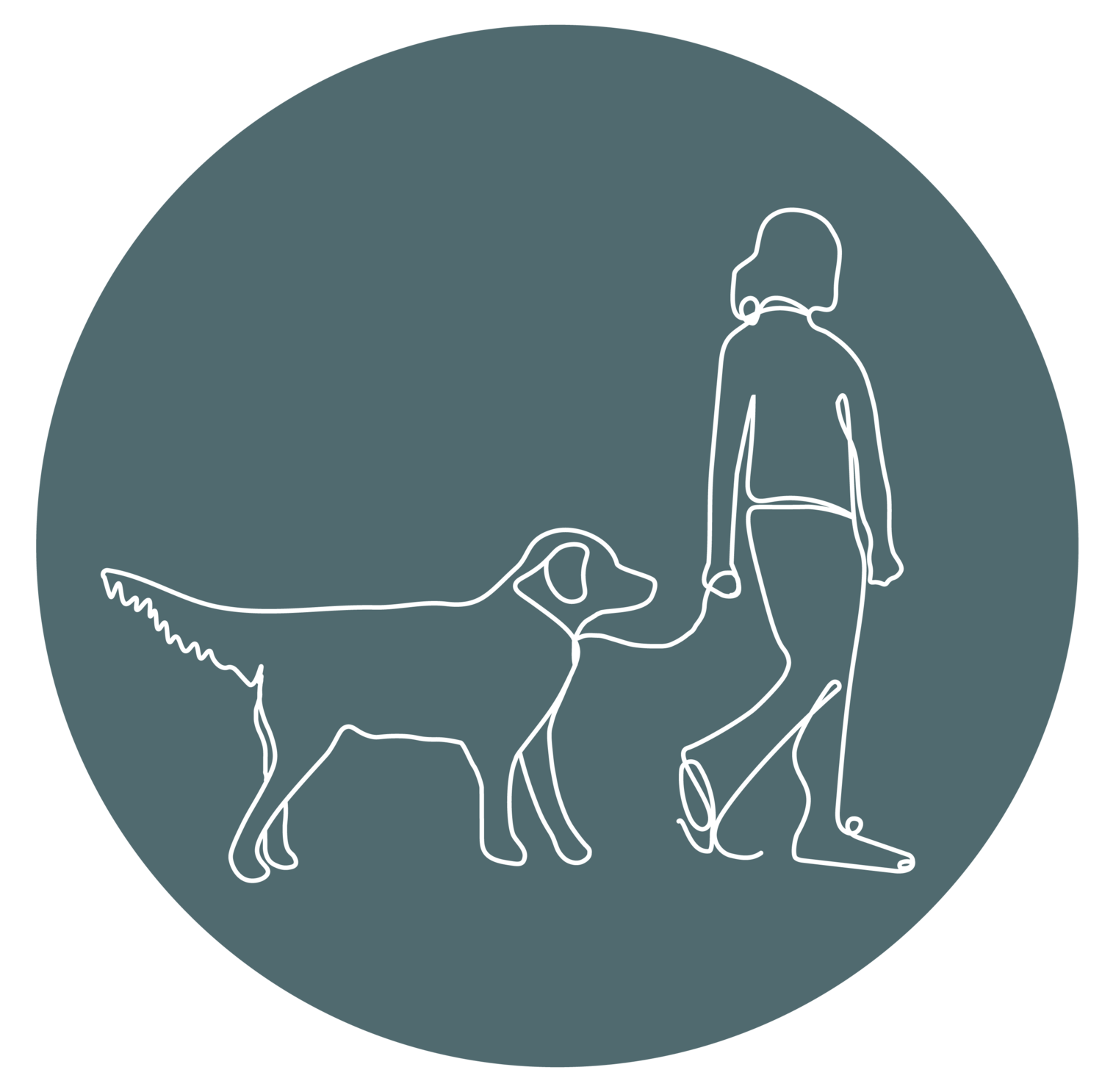

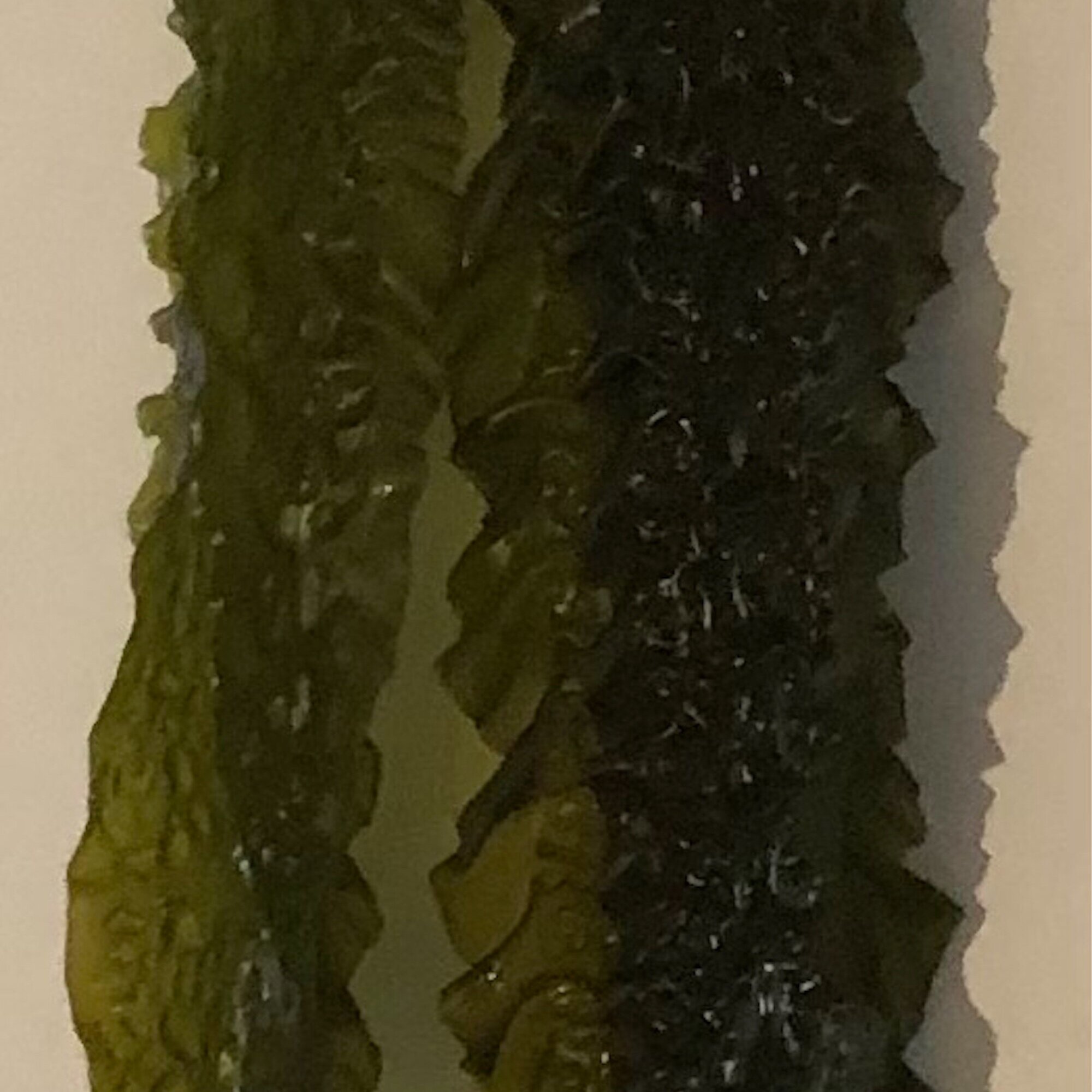


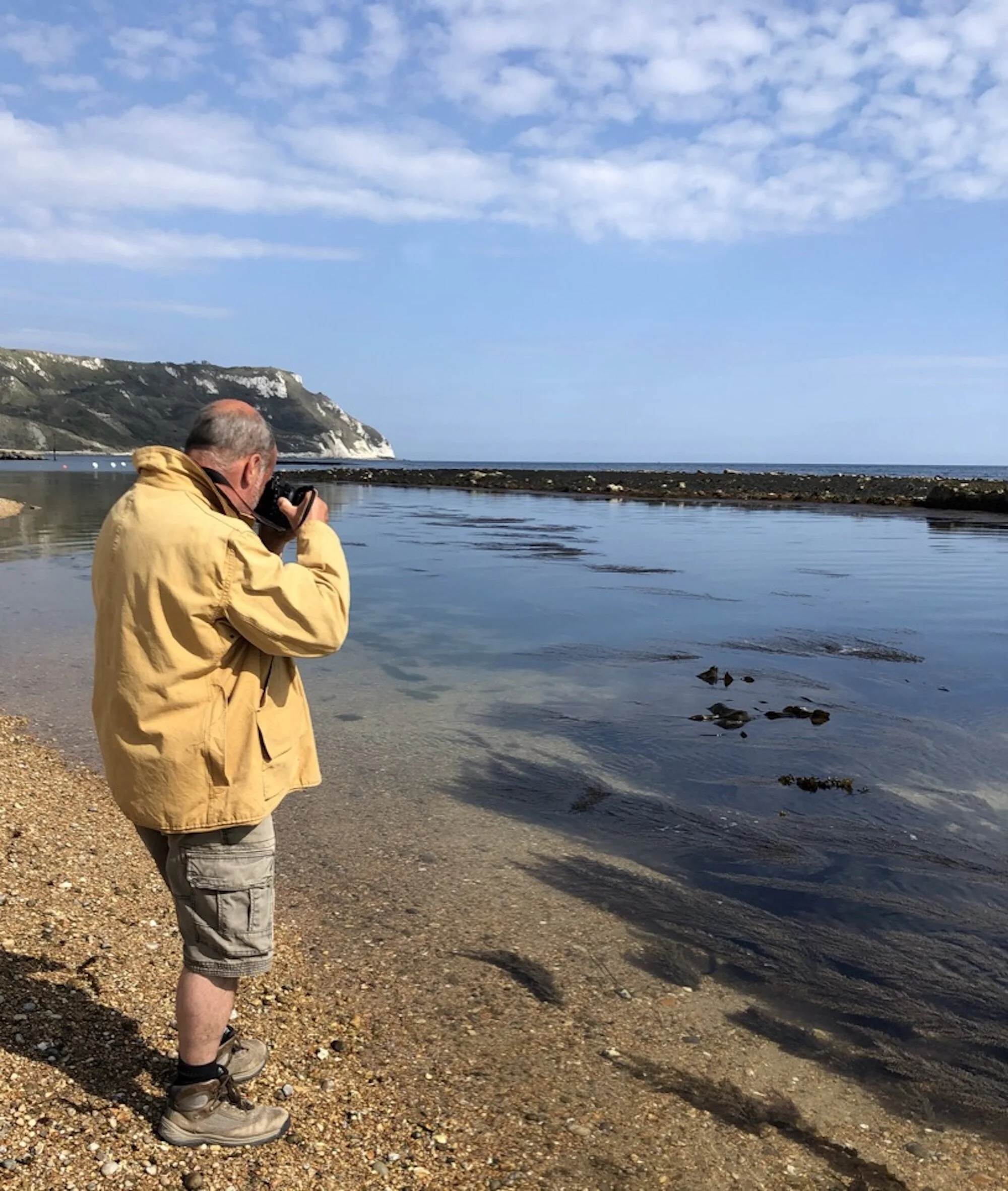


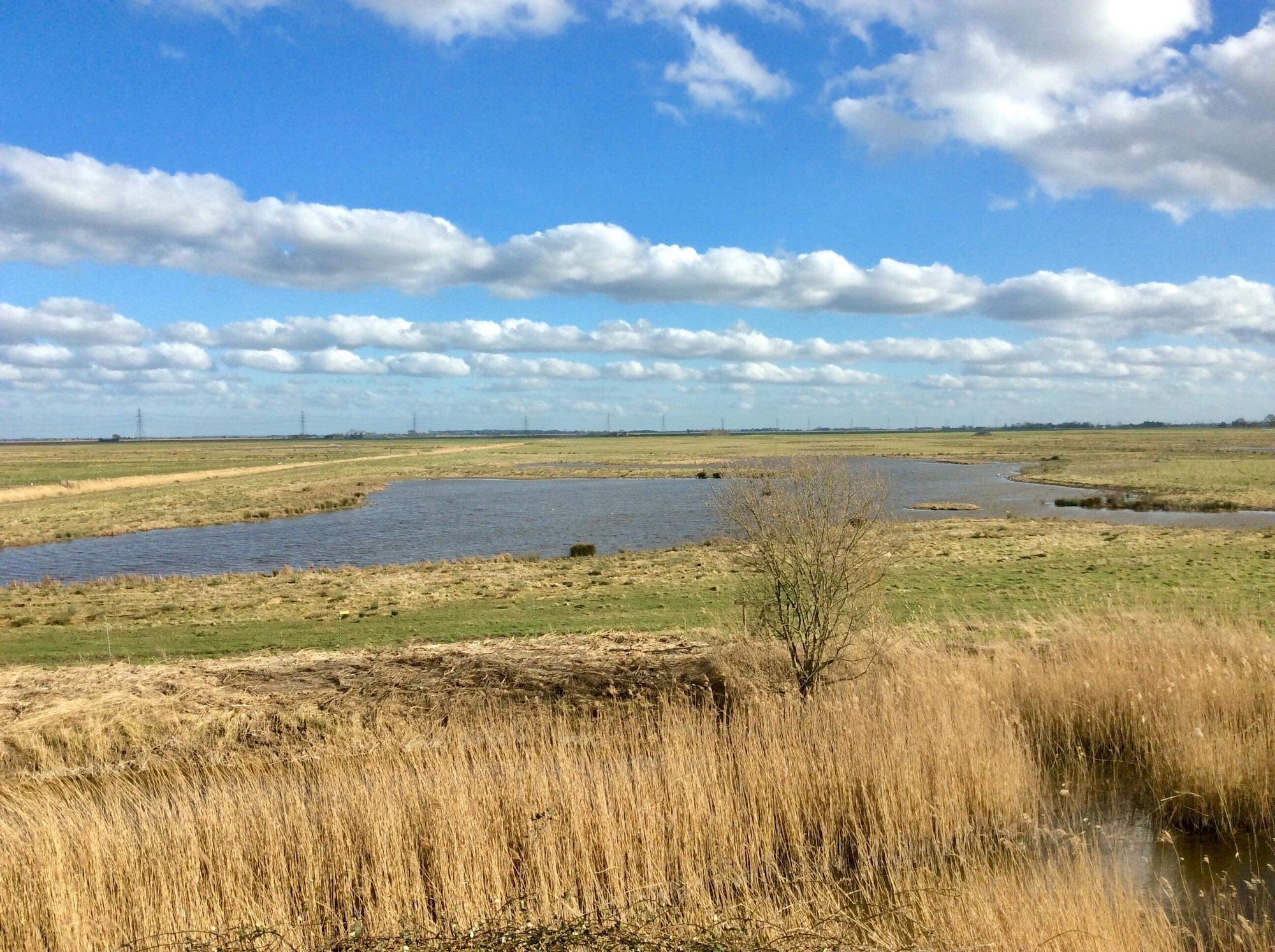

Meet Cat, she’s walking home, a very very long way! 630 miles to be exact, along the South West Coast Path from Minehead to The Isle of Purbeck, Dorset. Join Cat on her journey as she shares the ups and downs of her adventurous walk home.